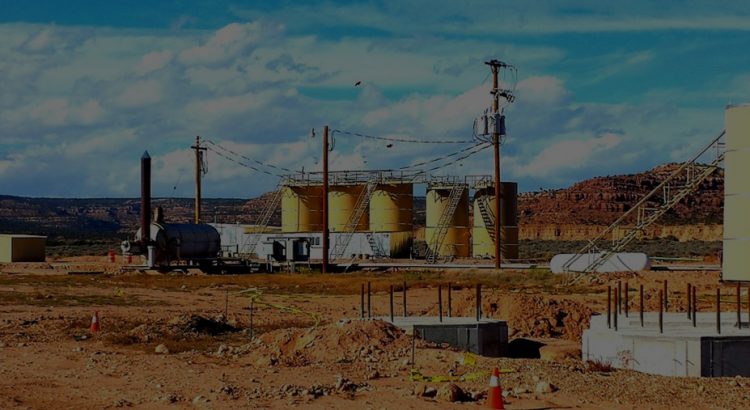Have you heard of the Canadian oil sands? It is a thick crude oil called bitumen that is extracted from the remote areas Canada. There are large amounts of oil sands available that are yet to be extracted. So, in a market where there is a shortage of the conventional petroleum oil, the oil sands can be very promising. Oil companies can extract these oils and export it to the US or other global markets. Here are five things you should know about oil sands.

- The area from where oil sands are extracted must be cleared off. The wetlands must be drained, trees must be scraped away to expose the sandy deposit. So, the wildlife in those areas will be lost.
- Heavy equipment like colossal steam shovels and expensive dump trucks are needed to scoop up the top layer of the sand. This burns an enormous amount of diesel every day. It is estimated that about 16,000 liters of diesel are needed every day for this task.
- Lots of water is needed to produce oil sands. Small ponds are created for storing the contaminated water that is left over from the pre-processing stage. There are some cancer-causing pollutants in the contaminated water that might move through the groundwater system and into the surface water and soil. This creates environmental and health hazards.
- A lot of First Nations indigenous groups live in Alberta. Their lives are being affected by the mining of oil sands. Many of them are losing land rights and suffering from health issues. The hunting and fishing grounds are being affected due to some of the projects.
- The process of extracting oil sands release more greenhouse gas compared to the conventional crude oil. So, the environment is being greatly affected.

So, you can see that oil sands show a lot of prospect in the oil market but at the cost of harming the environment. Researchers must find out ways to reduce the environmental impact of mining oil sands.

